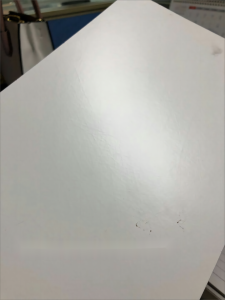FRP Walls: The Ultimate Guide to Durability, Design, & Applications
Imagine a wall surface so durable it can withstand years of high traffic, harsh cleaning agents, and even the occasional accidental impact. For professionals in industries where hygiene, durability, and aesthetic appeal are paramount, this isn’t just a dream—it’s a reality with FRP wall panels. Fiberglass Reinforced Plastic (FRP) wall panels offer a versatile and robust solution for a range of applications, making them an increasingly popular choice among architects, contractors, restaurant owners, and healthcare facility managers. This guide will delve into why FRP walls are transforming various industries, highlighting their unmatched durability, hygienic properties, design versatility, and cost-effectiveness.
What Are FRP Wall Panels?
FRP wall panels are made from a composite material consisting of fiberglass reinforced with a plastic polymer. This combination results in a highly durable, lightweight, and easy-to-clean surface, making FRP an ideal choice for environments that demand stringent hygiene standards and resilience to wear and tear.
Key Components of FRP Wall Panels
- Fiberglass Reinforcement: Provides strength and rigidity.
- Plastic Resin: Binds the fiberglass, adding moisture and chemical resistance.
- Surface Coating: Often a gel coat, it enhances durability and aesthetic appeal.

Benefits of FRP Wall Panels
1. Superior Durability
FRP wall panels are renowned for their exceptional durability. They are resistant to impacts, moisture, chemicals, and bacteria, making them ideal for environments where other materials might fail. For instance, in commercial kitchens and healthcare facilities, where walls must endure frequent cleaning and exposure to harsh substances, FRP panels outperform traditional options like tile or drywall.
2. Hygienic Properties
The smooth, non-porous surface of FRP panels prevents the growth of mold, mildew, and bacteria. This makes them perfect for settings that require the highest levels of hygiene, such as hospitals, laboratories, and food processing plants. Additionally, FRP panels are easy to clean and sanitize, contributing to a safer and more sanitary environment.
3. Design Versatility
FRP panels come in a variety of colors, textures, and finishes, offering a wide range of design options to suit different aesthetic preferences. Whether you want a sleek, modern look or a more traditional style, FRP panels can be customized to match your vision. This versatility extends to the ability to mimic the appearance of other materials, such as tile or wood, providing the aesthetic appeal without the associated maintenance challenges.
4. Cost and Time Savings
Compared to traditional wall materials, FRP panels are more cost-effective in the long run. They require less maintenance, have a longer lifespan, and are quicker and easier to install. This translates to reduced labor costs and minimal disruption during installation, making them an economical choice for businesses looking to optimize their budget.

Applications of FRP Wall Panels
Healthcare Facilities
In hospitals and clinics, maintaining a sterile environment is crucial. FRP wall panels’ resistance to bacteria and ease of cleaning make them ideal for operating rooms, patient rooms, and laboratories. Their durability ensures they withstand the rigorous cleaning protocols necessary in these settings.
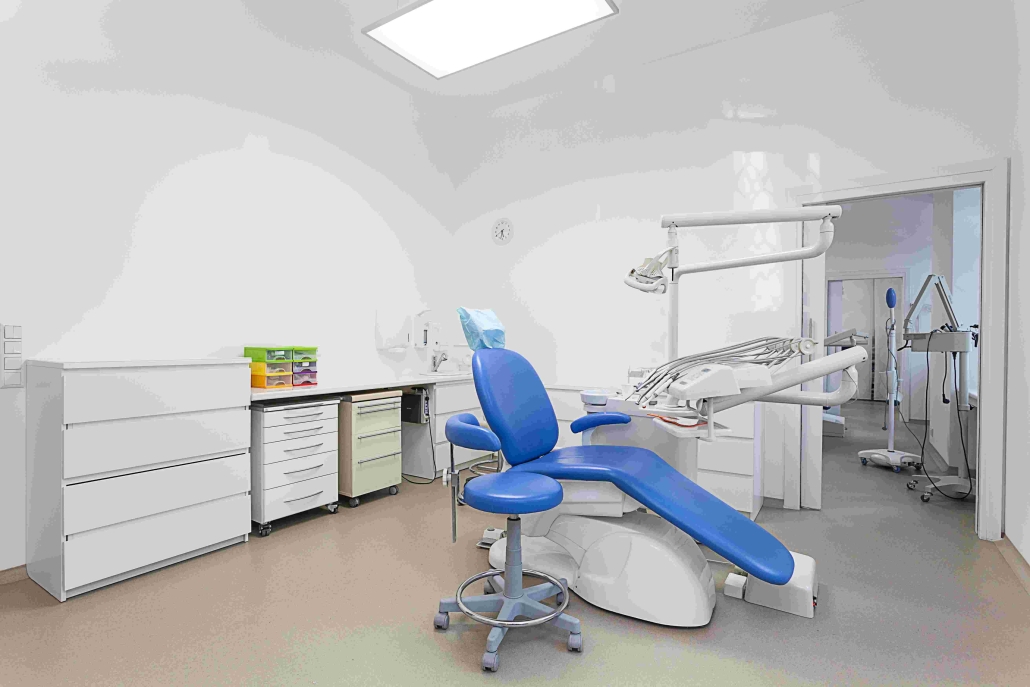
Food Service and Commercial Kitchens
Commercial kitchens face constant exposure to moisture, heat, and food particles, which can quickly degrade traditional wall materials. FRP panels offer a robust solution that stands up to these challenges, ensuring a safe and hygienic environment for food preparation.
Educational Institutions
Schools and universities benefit from FRP panels in high-traffic areas such as hallways, restrooms, and cafeterias. The panels’ impact resistance and ease of maintenance make them a practical choice for facilities that see heavy daily use.
Industrial Settings
In factories and warehouses, walls are often subjected to heavy wear and tear. FRP panels’ durability and resistance to chemicals and moisture make them an excellent option for these demanding environments.
Addressing Common Concerns
Fire Ratings
Safety is a paramount concern in any building project. FRP panels are available with various fire ratings to meet specific building codes and safety standards. When selecting FRP panels, ensure they comply with the necessary fire resistance requirements for your project.
Installation Process
One of the significant advantages of FRP panels is their ease of installation. They can be applied directly over existing surfaces, reducing preparation time and labor costs. Panels are typically installed using adhesive and fasteners, and their lightweight nature simplifies handling and positioning.
Longevity and Maintenance
FRP panels are designed to last for many years with minimal maintenance. Their resistance to stains, scratches, and wear means they retain their appearance and functionality over time. Regular cleaning with mild detergents is usually sufficient to keep them looking new.
Case Studies: Successful FRP Installations
Case Study 1: Modern Hospital
A leading hospital recently renovated its operating rooms using FRP wall panels. The hospital required a solution that met strict hygiene standards and could withstand frequent cleaning with disinfectants. The FRP panels provided a seamless, easy-to-clean surface that significantly reduced the risk of bacterial growth, contributing to a safer environment for patients and staff.
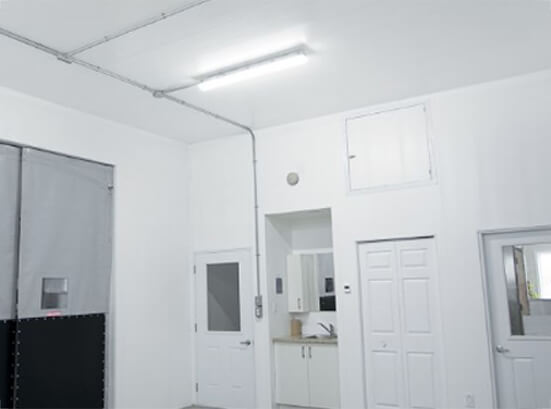
Case Study 2: High-End Restaurant
A high-end restaurant sought a durable and visually appealing wall solution for its kitchen and dining areas. The restaurant chose FRP panels for their ability to resist heat, moisture, and stains while offering a variety of design options. The result was a stylish and functional space that impressed both staff and patrons.
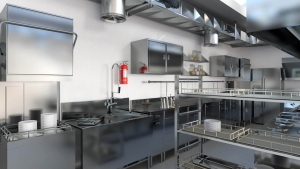
Case Study 3: Industrial Warehouse
An industrial warehouse needed a wall solution that could endure heavy impacts and exposure to chemicals. FRP panels were selected for their durability and resistance to harsh conditions. The installation was quick and efficient, minimizing downtime and allowing the warehouse to resume operations promptly.
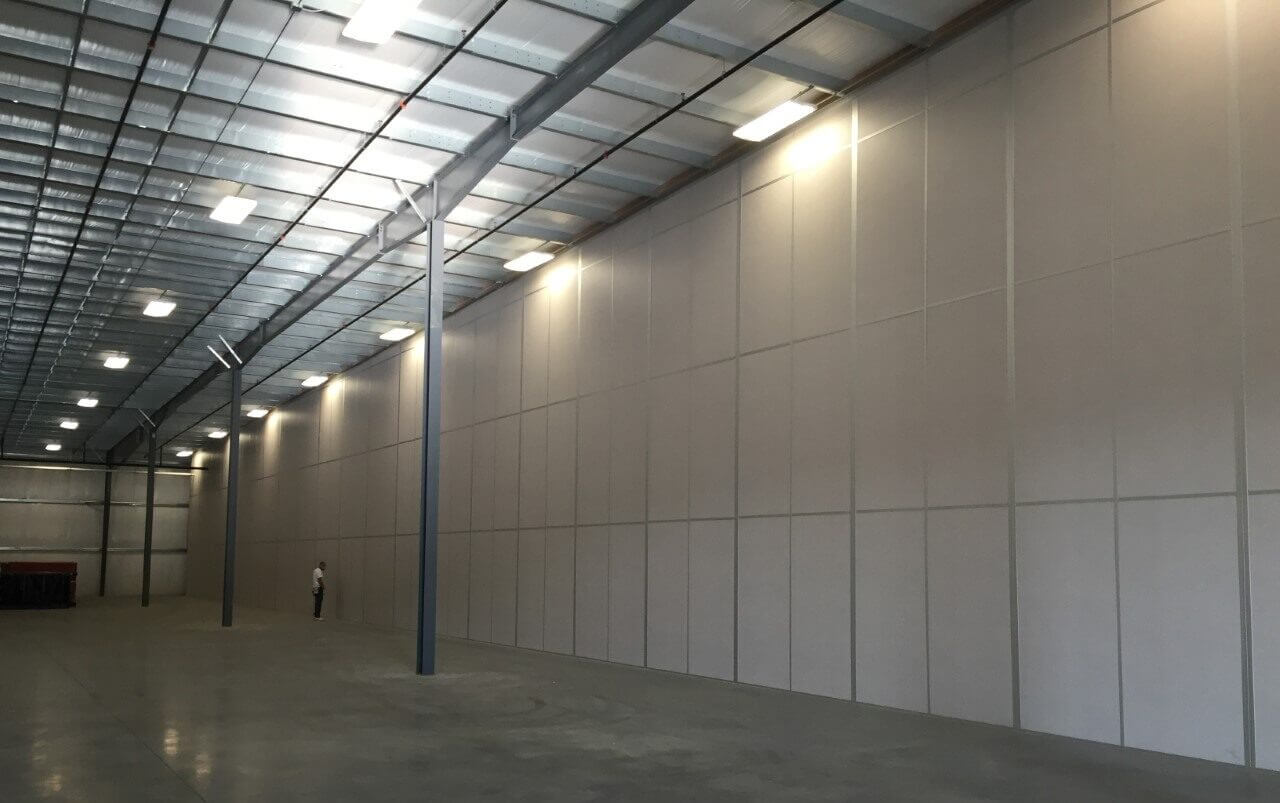
Choosing the Right FRP Wall Panels
When selecting FRP wall panels, consider the following factors:
- Application Requirements: Assess the specific needs of your project, including hygiene standards, durability, and aesthetic preferences.
- Fire Ratings: Ensure the panels meet the necessary fire resistance requirements.
- Design Options: Choose from various colors, textures, and finishes to match your desired look.
- Installation Needs: Consider the ease and speed of installation, as well as the compatibility with existing surfaces.
Conclusion
FRP wall panels offer an unparalleled combination of durability, hygiene, design versatility, and cost-effectiveness, making them an ideal choice for a wide range of applications. Whether you’re in healthcare, food service, education, or industrial settings, FRP panels provide a reliable and attractive solution that meets the demands of your environment. Explore the possibilities of FRP walls today and discover how they can transform your space.


